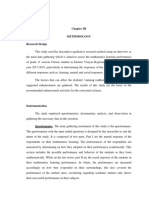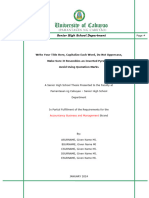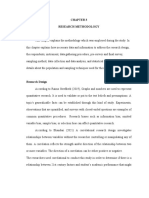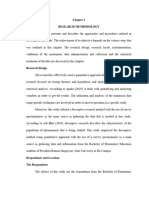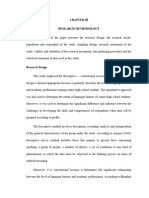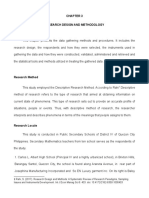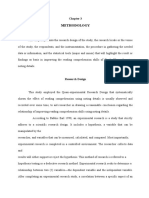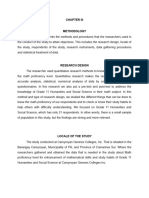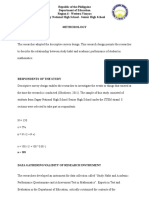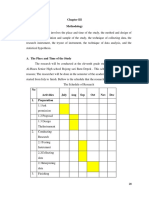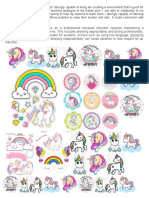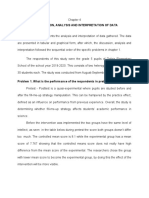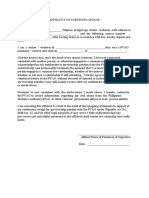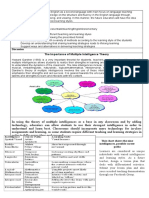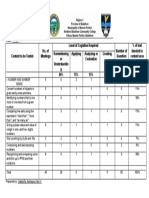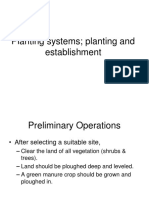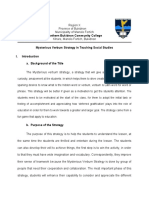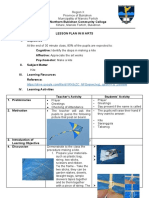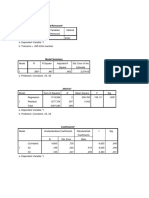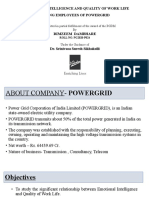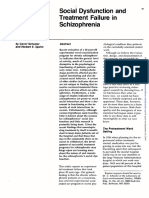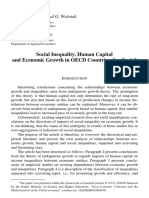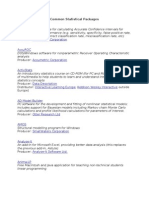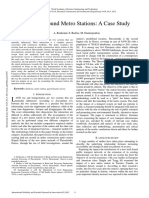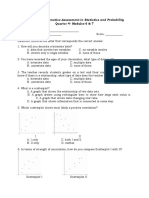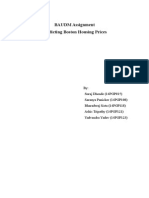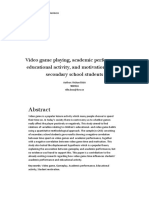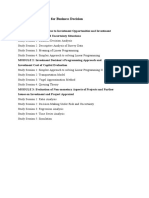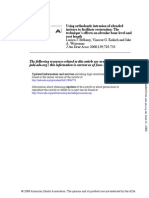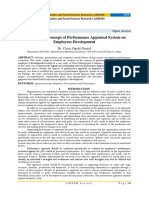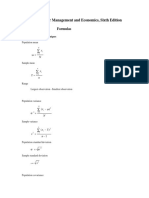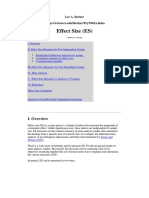0% found this document useful (0 votes)
119 views7 pagesChapter 3 Edited
This chapter outlines the research methodology used in the study, including the research design, environment, respondents, instruments, data gathering procedures, and statistical analysis. The study aimed to determine if fill-in handouts would improve grade 5 students' interest and performance in science. It was conducted among 60 students from two sections of Dalirig Elementary School in the Philippines. Data was collected using rubrics and fill-in handouts, then analyzed using statistical tests such as mean, percentage, Pearson correlation, t-test, and scoring scheme.
Uploaded by
vea verzonCopyright
© © All Rights Reserved
We take content rights seriously. If you suspect this is your content, claim it here.
Available Formats
Download as DOCX, PDF, TXT or read online on Scribd
0% found this document useful (0 votes)
119 views7 pagesChapter 3 Edited
This chapter outlines the research methodology used in the study, including the research design, environment, respondents, instruments, data gathering procedures, and statistical analysis. The study aimed to determine if fill-in handouts would improve grade 5 students' interest and performance in science. It was conducted among 60 students from two sections of Dalirig Elementary School in the Philippines. Data was collected using rubrics and fill-in handouts, then analyzed using statistical tests such as mean, percentage, Pearson correlation, t-test, and scoring scheme.
Uploaded by
vea verzonCopyright
© © All Rights Reserved
We take content rights seriously. If you suspect this is your content, claim it here.
Available Formats
Download as DOCX, PDF, TXT or read online on Scribd
/ 7




